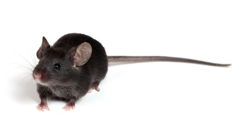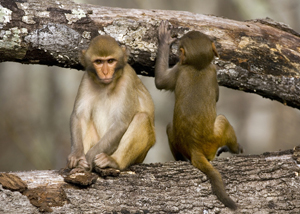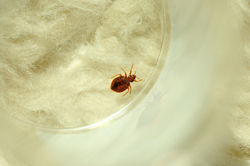Picky cats
Any cat owner will acknowledge the fact that cats can be extremely stubborn. They let you hear loud and clear that they want to come in, but when you open the door, they just sit at the doorstep and stare at you. And they can be extremely picky when it comes to food. If the cat doesn’t like it, it will refuse to eat. Reason enough for the pet food industry to try to find out what cats really like.












